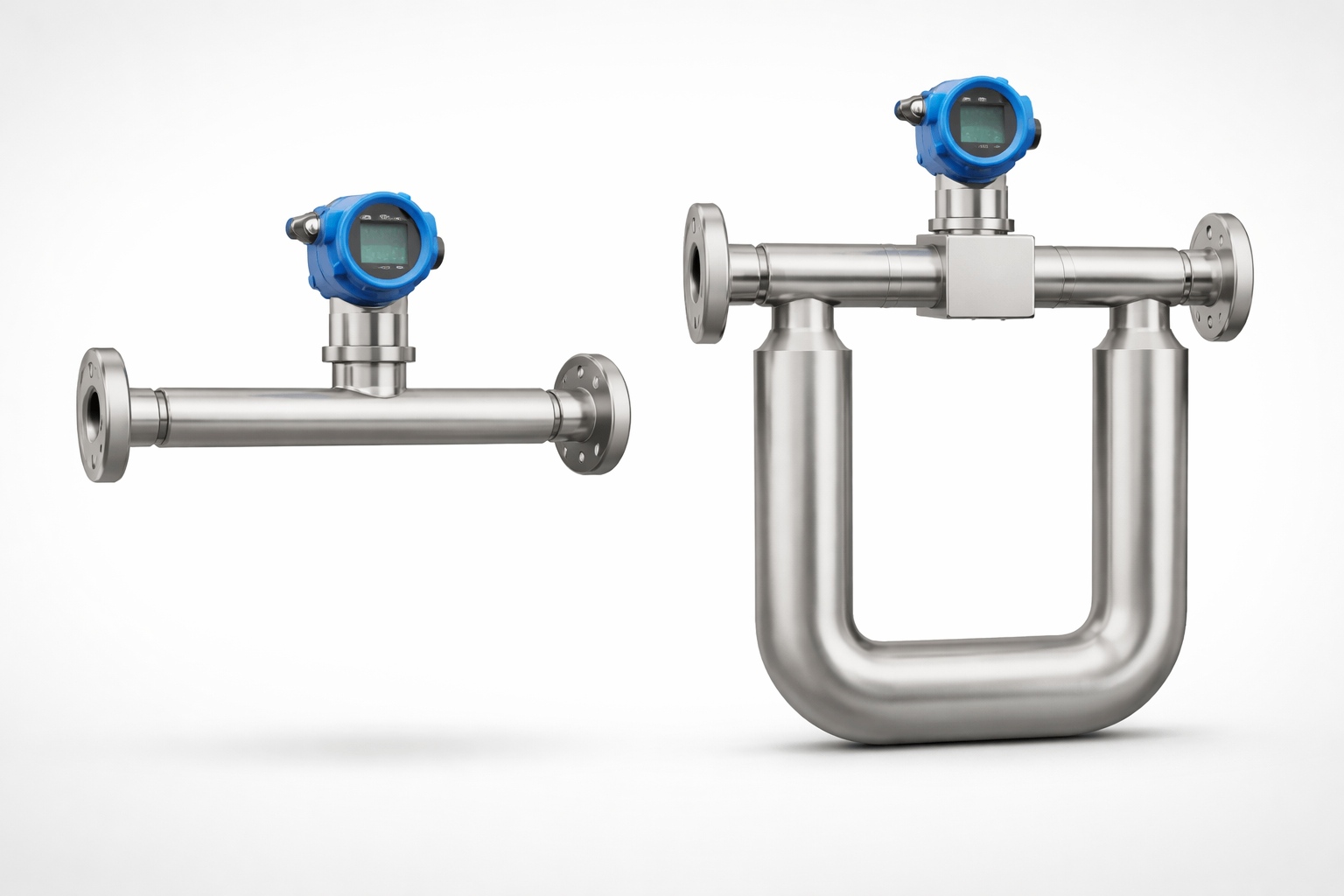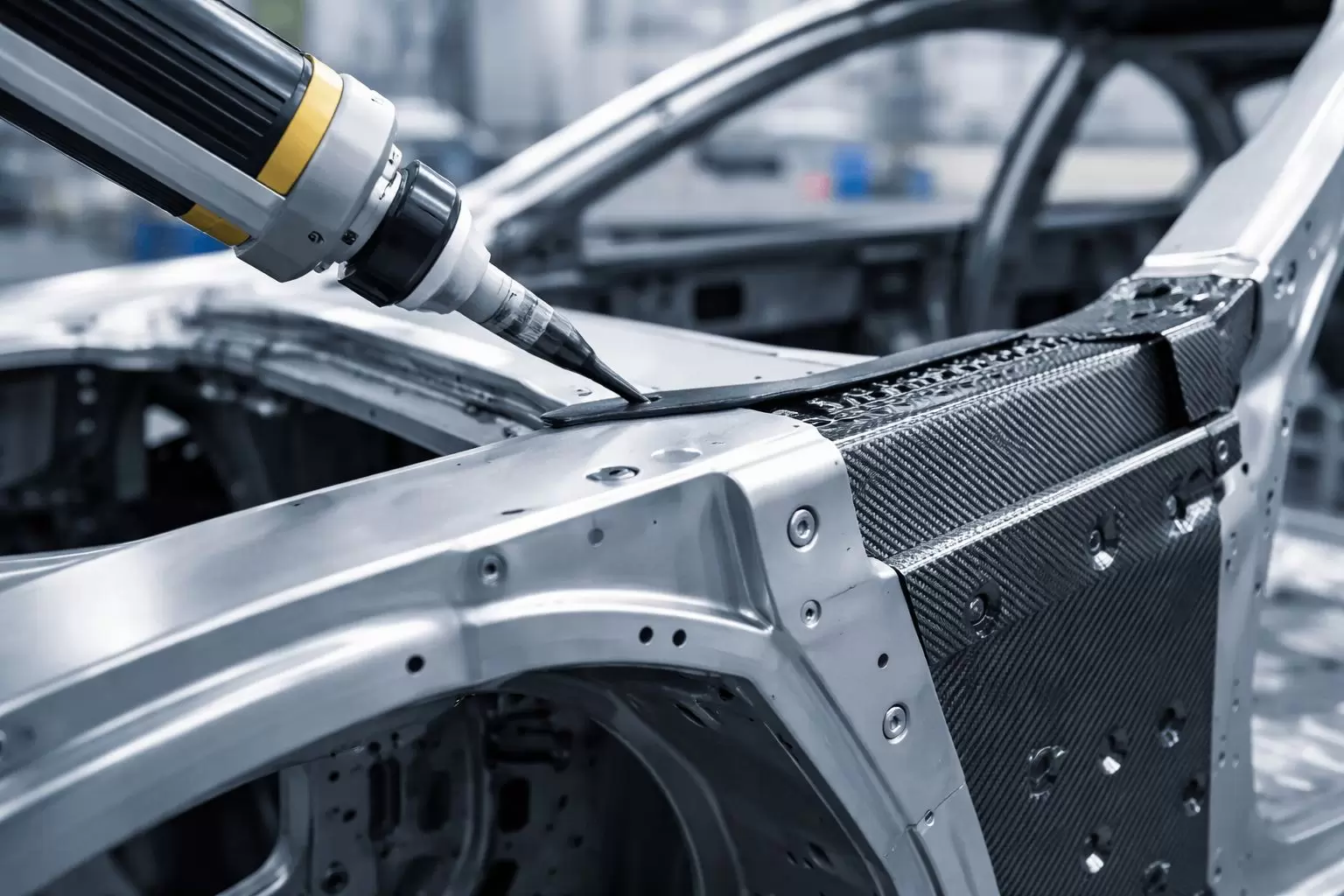When it comes to selecting a fan, understanding its power and efficiency is crucial for ensuring optimal performance in your space. Whether you're looking to cool down a room, enhance ventilation, or improve air circulation, knowing how to determine which fan is more powerful can significantly impact your comfort and energy consumption. In this article, we will delve into the various factors that contribute to a fan's power, helping you make an informed decision tailored to your specific requirements.
Understanding Fan Specifications
To assess a fan's power, you need to familiarize yourself with key specifications that manufacturers provide. Here are the primary metrics to consider:
- CFM (Cubic Feet per Minute): This is the most critical measurement when evaluating a fan's airflow. CFM indicates the volume of air the fan can move in one minute. A higher CFM rating generally means a more powerful fan. For instance, a fan with a CFM of 300 will move more air than one rated at 150 CFM, making it more suitable for larger spaces.
- RPM (Revolutions Per Minute): This metric measures how fast the fan blades rotate. Higher RPMs typically correlate with increased airflow, but they can also lead to increased noise levels. It's essential to balance the need for power with the acceptable noise level for your environment.
- Blade Design and Pitch: The design and angle of the fan blades significantly affect airflow. Fans with steeper blade pitches can move more air at lower speeds, making them more efficient. Additionally, the number of blades can influence performance; while more blades can enhance airflow, they may also increase drag and reduce efficiency.
- Motor Power: The wattage of the motor is another indicator of a fan's power. A higher wattage often means a more robust motor capable of sustaining higher speeds and airflow. However, it's essential to consider energy efficiency; a fan with a lower wattage but higher CFM may be more effective than a high-wattage fan with lower airflow.
Types of Fans and Their Applications
Different types of fans serve various purposes, and understanding these can help you choose the right one for your needs:
- Ceiling Fans: Ideal for large rooms, ceiling fans circulate air effectively and can be used year-round. Look for models with a high CFM rating and energy-efficient motors.
- Table and Floor Fans: These portable options are great for localized cooling. When selecting a table or floor fan, prioritize CFM and RPM, especially if you need to cool a specific area quickly.
- Exhaust Fans: Commonly used in kitchens and bathrooms, exhaust fans help remove moisture and odors. Their power is measured by CFM, and you should choose one that can handle the volume of air in the space.
- Industrial Fans: Designed for large spaces or heavy-duty applications, industrial fans often have high CFM ratings and robust motors. They are suitable for warehouses, factories, and large commercial spaces.
Energy Efficiency Considerations
While power is essential, energy efficiency should also be a priority. Look for fans with the ENERGY STAR label, which indicates that they meet strict energy efficiency guidelines. Additionally, consider features like variable speed settings and timers, which can help you optimize energy use while maintaining comfort.
Practical Tips for Choosing the Right Fan
- Assess Your Space: Measure the size of the area you want to cool or ventilate. Larger spaces will require fans with higher CFM ratings.
- Consider Noise Levels: If noise is a concern, look for fans designed for quiet operation. Models with DC motors tend to be quieter and more energy-efficient.
- Read Reviews and Ratings: Customer reviews can provide insights into a fan's performance and reliability. Look for feedback on airflow, noise levels, and durability.
- Test Before You Buy: If possible, test the fan in-store to gauge its airflow and noise levels. This hands-on experience can help you make a more informed decision.
Conclusion
Determining which fan is more powerful involves a comprehensive understanding of various specifications, types, and energy efficiency considerations. By evaluating CFM, RPM, blade design, and motor power, you can select a fan that meets your specific needs while ensuring optimal performance and comfort. Remember, the right fan not only enhances your living or working environment but also contributes to energy savings in the long run. Make an informed choice, and enjoy the benefits of a well-ventilated space!





